Cat Tickling: Understanding the Pros and Cons of this Controversial Activity
|
|
Time to read 7 min

UAHPET Stainless Steel Self-Cleaning Cat Litter Box
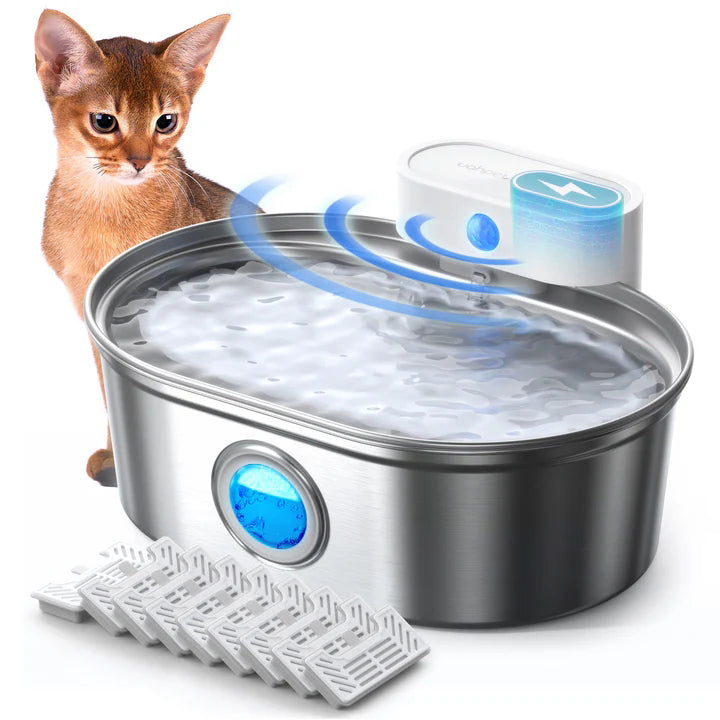
UAHPET 2025 Upgrade Visible Stainless Steel Cat Water Fountain Pro
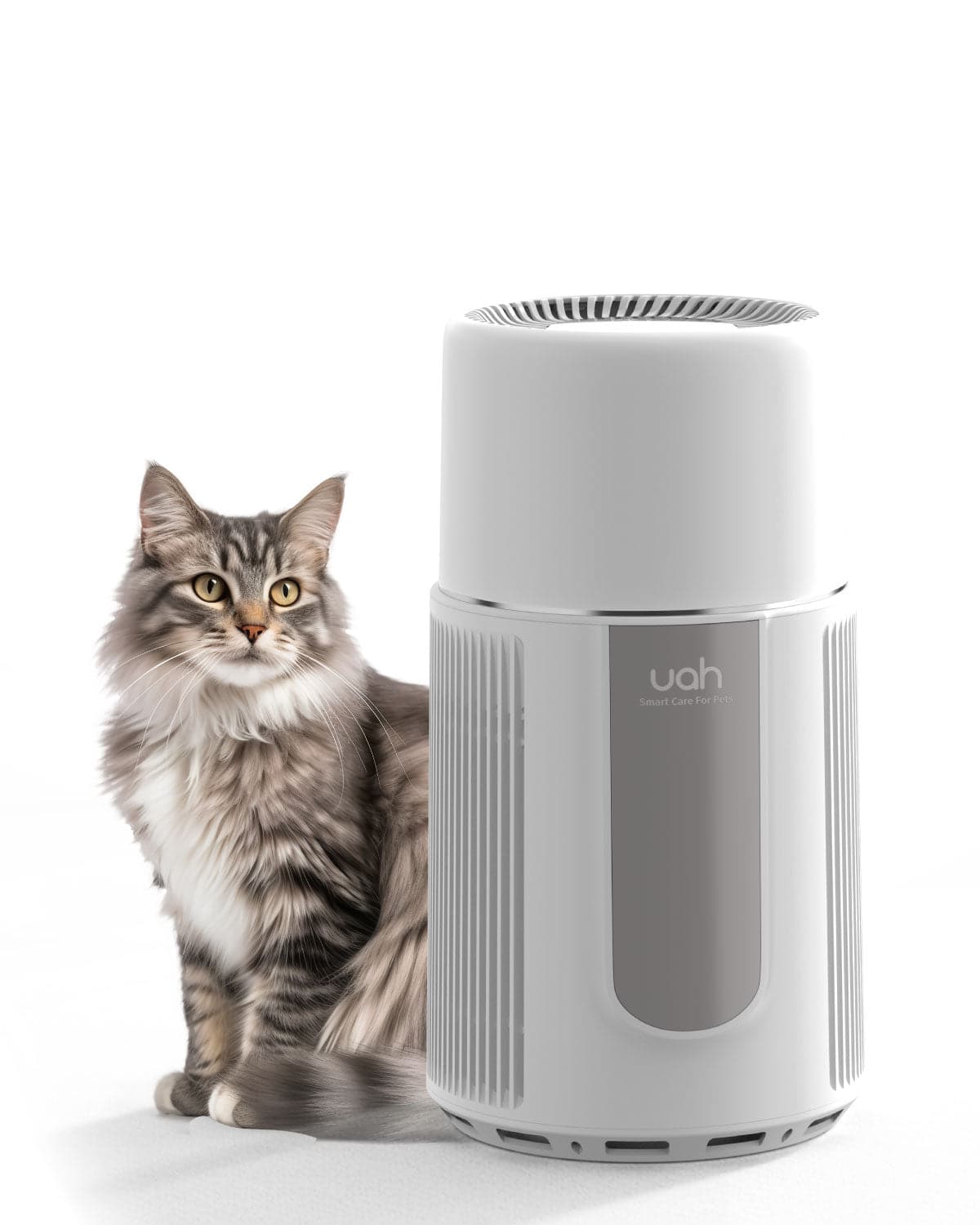
Uah Pet Air Purifier
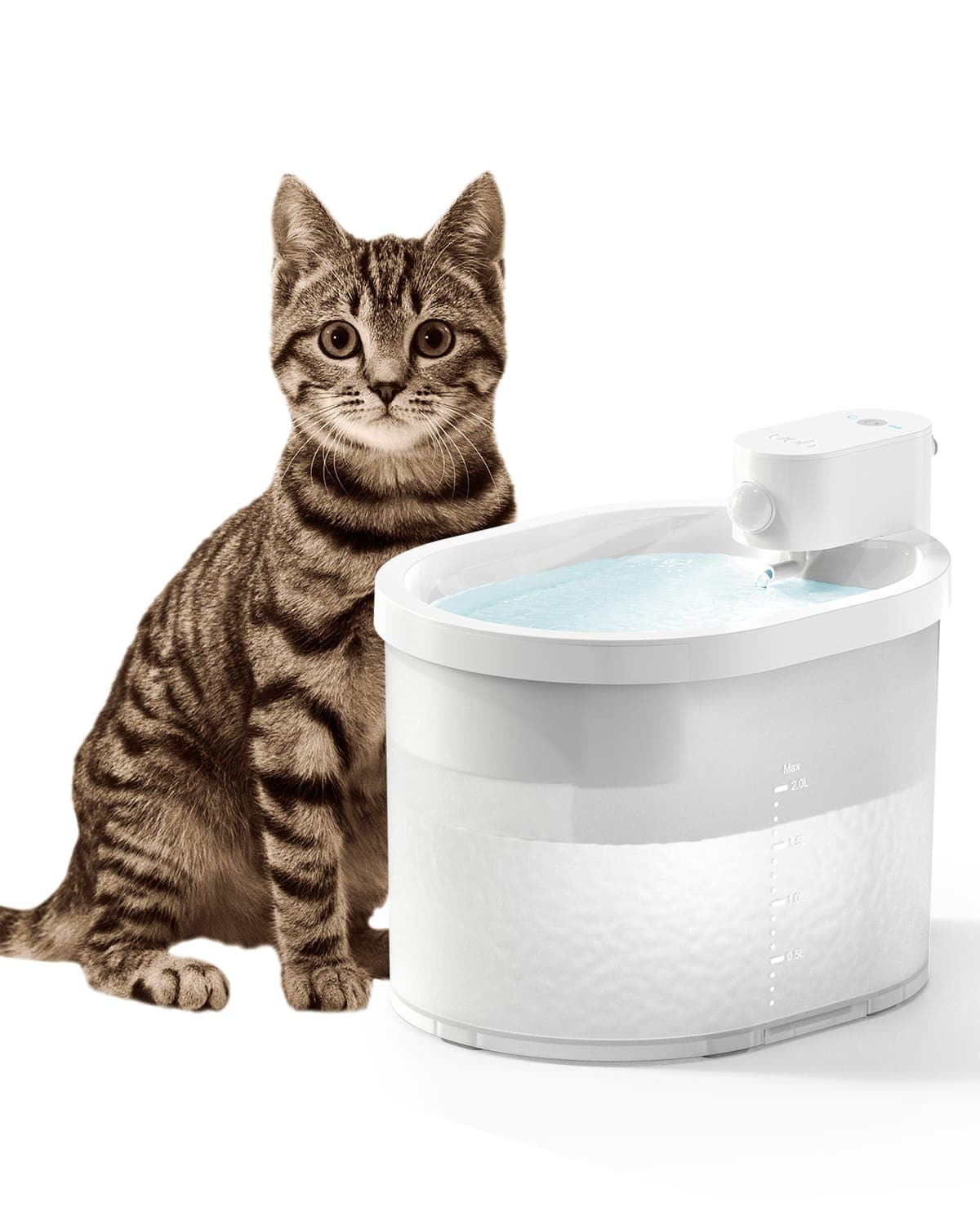
Uah Pet ZERO Wireless And Automatic Cat Water Fountain
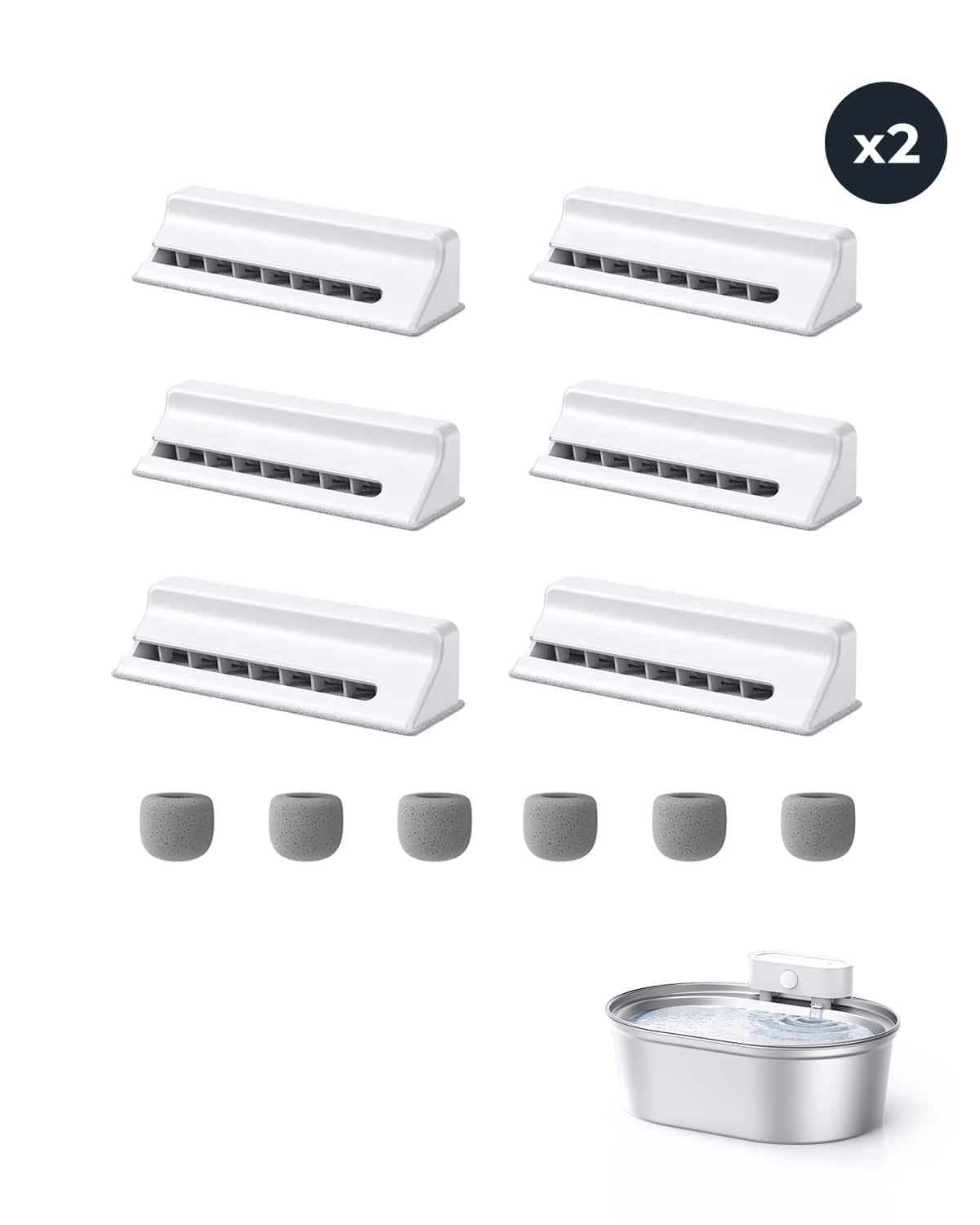
12 pcs Replacement Filter for Stainless Steel Wireless Pet Water Fountain
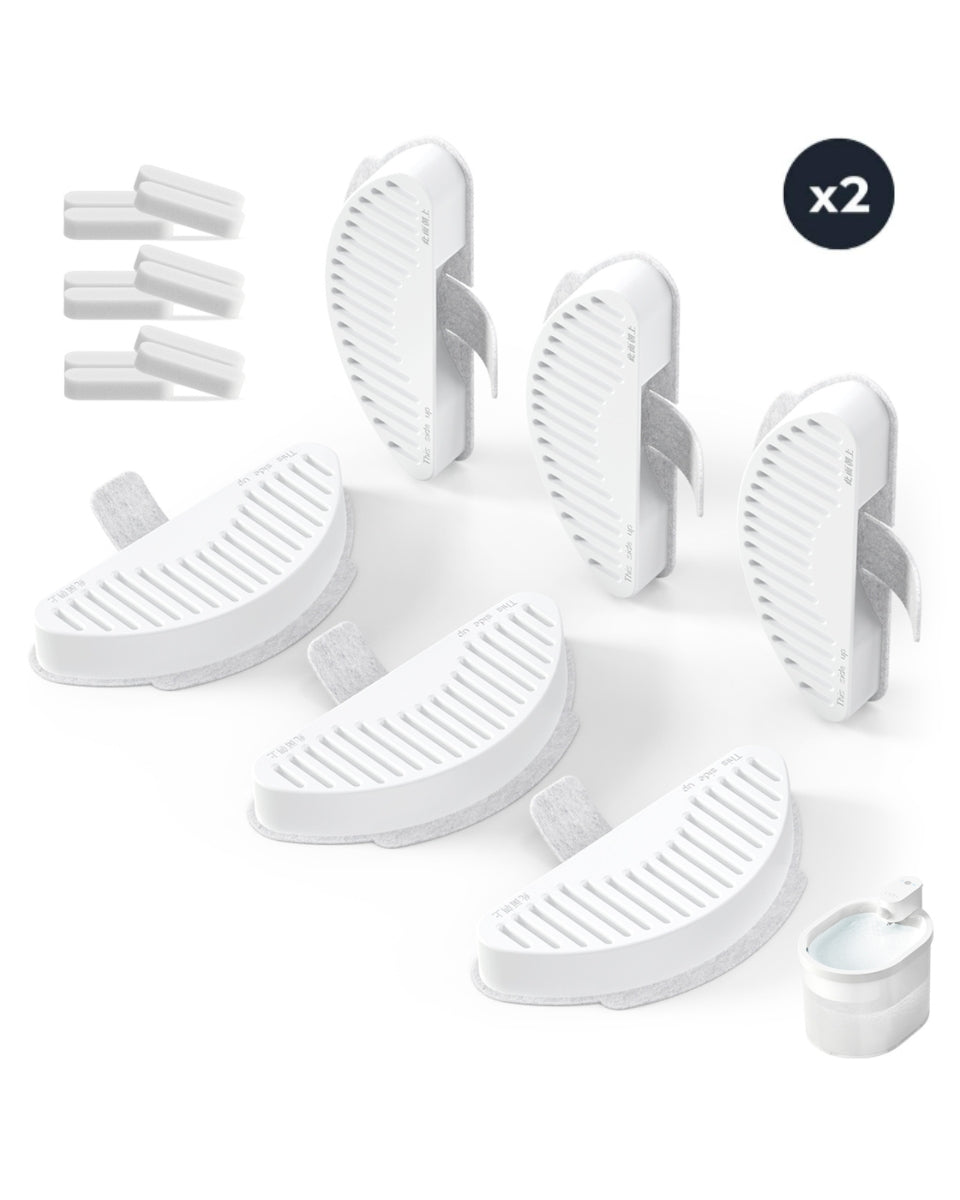
12 pcs Uah Pet Replacement Filter for ZERO Cat Water Fountain
|
|
Time to read 7 min
Cat tickling is a popular activity among cat owners. It involves lightly tickling a cat's belly or paws, causing them to react in a playful manner. While some cats enjoy being tickled, others may find it uncomfortable or even painful. Understanding cat behavior and the signs of enjoyment or discomfort is important to ensure that the experience is positive for both the cat and the owner.
Cats are known for their playful nature, and tickling is just one of the many activities that can bring joy to their lives. However, it is important to note that not all cats enjoy being tickled. Some may become agitated or even aggressive if they feel threatened or uncomfortable. It is important for cat owners to understand their cat's behavior and body language to determine whether or not they are enjoying the experience.
Cat tickling is a popular activity among cat owners, but not all cats enjoy it.
Understanding cat behavior and body language is important to determine whether or not a cat is enjoying being tickled.
Signs of discomfort or aggression should be taken seriously, and cat owners should stop tickling their cat if they exhibit these behaviors.
Cats communicate with their body language, and it is important to understand what they are trying to tell you. A cat's tail, ears, and eyes can all give you clues about their mood. For example, if a cat's tail is twitching rapidly, it may be a sign of agitation or annoyance. On the other hand, a cat with a relaxed tail is likely feeling calm and content.
The position of a cat's ears can also tell you a lot about their mood. Ears that are flat against the head may indicate fear or aggression, while ears that are perked up suggest curiosity or alertness. Additionally, a cat's eyes can give you insight into their emotional state. Dilated pupils can indicate excitement or fear, while narrowed pupils may suggest aggression or discomfort.
Cats are independent creatures and value their personal space. It is important to respect their boundaries and not force them into unwanted interactions. For example, some cats may not enjoy being picked up or held, while others may prefer to be left alone during certain times of the day.
When interacting with a cat, it is important to approach them slowly and calmly. Avoid making loud noises or sudden movements, as this can startle them and cause them to become defensive. Instead, allow the cat to approach you on their own terms and respond to their body language accordingly.
In conclusion, understanding a cat's body language and respecting their personal space are key components of building a positive relationship with your feline companion. By paying attention to their cues and responding appropriately, you can create a safe and comfortable environment for both you and your cat.
Tickling a cat can either be enjoyable or irritating, depending on the way it is done. Cats have sensitive skin and can easily get irritated if the tickling is too rough or aggressive. It is important to know the right way to tickle a cat to avoid causing discomfort or pain.
Enjoyable tickling involves gentle strokes on the cat's back, chin, and cheeks. This type of tickling can make the cat feel relaxed and happy. On the other hand, irritating tickling involves poking or tickling the cat's belly, paws, or tail. This type of tickling can make the cat feel uncomfortable and agitated.
There are several ways to engage in gentle tickling with a cat. One example is to use a feather or a soft brush to lightly stroke the cat's fur. This can create a pleasant sensation for the cat and can help build trust between the cat and its owner.
Another example is to use gentle finger strokes on the cat's cheeks and chin. This can help the cat feel relaxed and can stimulate the production of happy hormones. It is important to avoid tickling the cat's sensitive areas, such as the belly or paws, as this can cause discomfort.
Overall, tickling a cat can be a fun and enjoyable way to bond with your furry friend. By using gentle and appropriate techniques, you can create a positive experience for your cat and strengthen your relationship with them.
When it comes to cat tickling, it's important to know whether or not your feline friend is enjoying the experience. There are a few common indicators that can help you determine if your cat is feeling pleasure or discomfort.
One of the most obvious signs of enjoyment is purring. When a cat is happy and relaxed, they will often purr as a way of expressing their contentment. Other signs of pleasure may include relaxed body language, such as a loose tail and ears that are pointed forward.
Another indicator of enjoyment is playfulness. If your cat is actively engaging with you during tickling, such as playfully biting or swatting at your hand, it's likely that they are enjoying the interaction.
While some cats may be more vocal than others, it's important to pay attention to your cat's reactions during tickling. If your cat seems uncomfortable or is trying to get away, it's important to stop the tickling and give your cat some space.
It's also important to be aware of your cat's body language. Signs of discomfort may include flattened ears, a twitching tail, or dilated pupils. If you notice any of these signs, it's important to stop the tickling and give your cat some time to relax.
In conclusion, understanding your cat's body language and reactions is key to determining whether or not they are enjoying tickling. By paying attention to their behavior, you can ensure that your cat is happy and comfortable during playtime.
When tickling a cat, it is important to pay attention to their body language and behavior. Signs of discomfort may include flattened ears, dilated pupils, twitching tail, hissing, growling, or swatting. These are all indications that the cat is feeling uncomfortable or stressed.
Additionally, some cats may become more still and rigid when tickled, which can be a sign that they are not enjoying the experience. It is important to recognize these signs and stop tickling the cat immediately to avoid causing further distress.
Ignoring signs of discomfort and continuing to tickle a cat can have negative consequences. The cat may become aggressive and lash out, causing scratches or bites. This can also lead to a breakdown in trust between the cat and their owner, making it more difficult to bond and interact positively in the future.
In some cases, repeated stress and discomfort can also lead to health problems in cats, such as a weakened immune system or digestive issues. It is important to always prioritize the cat's comfort and well-being when interacting with them, including during tickling sessions.
Overall, it is crucial to pay attention to a cat's body language and behavior when tickling them, and to stop immediately if any signs of discomfort or stress are present. This will help ensure a positive and enjoyable experience for both the cat and their owner.
In conclusion, cat tickling can be a fun and enjoyable activity for both cats and their owners. However, it is important to keep in mind that not all cats enjoy being tickled and it is essential to read their body language to avoid causing them discomfort or stress.
It is also important to note that tickling should never be used as a form of punishment or to discipline a cat. Instead, positive reinforcement techniques should be used to encourage good behavior.
Overall, cat tickling can be a great way to bond with your furry friend and provide them with some much-needed stimulation. Just remember to always prioritize your cat's comfort and happiness above all else.
Cats have different personalities, and their response to tickling may vary. Some cats may enjoy it and purr, while others may become agitated or aggressive. It's important to pay attention to your cat's body language and stop tickling if they show signs of discomfort.
Cats may show signs of being ticklish by twitching, flinching, or moving away when touched in certain areas. They may also vocalize or purr when tickled in a way they enjoy. However, not all cats are ticklish, and some may not show any response at all.
Tickling a cat's belly can be risky as it's a vulnerable area for them. Some cats may enjoy it, but others may become defensive and attack. It's important to approach slowly and watch for any signs of discomfort or aggression.
Cats may bite when they feel overstimulated or uncomfortable. It's important to stop tickling immediately if your cat shows any signs of discomfort or aggression. Biting can also be a sign that your cat is playing, but it's important to distinguish between play and aggression.
Cats are most sensitive to tickling in areas like the chin, cheeks, ears, and paws. However, every cat is different, and some may have other areas they enjoy being tickled. It's important to pay attention to your cat's body language and respond accordingly.
Cats may show signs of enjoyment by purring, rubbing against you, or asking for more. However, it's important to pay attention to their body language and stop if they show any signs of discomfort or aggression. Not all cats enjoy being tickled, and it's important to respect their boundaries.

